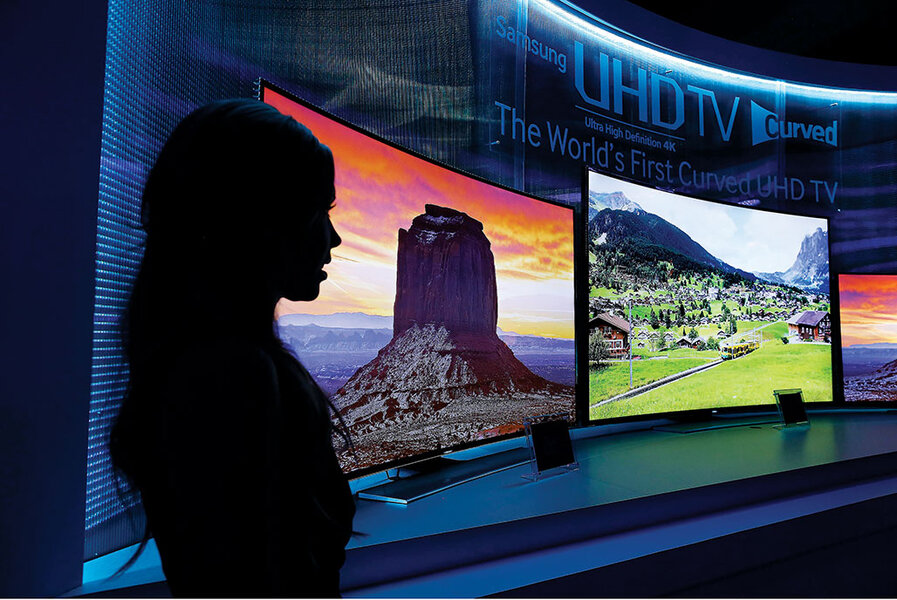4K TV delivers Netflix like never before. But is 4K worth it?
Loading...
What does Kevin Spacey’s face look on a 4K TV?
Netflix viewers with the latest television technology are about to find out.
Netflix announced on Sunday it had begun streaming its popular “House of Cards” series, in addition to several nature documentaries, in 4K ultra high definition, a picture quality that's several times greater than regular HD. Though there are only a handful of televisions that can handle 4K video, which boasts as many pixels as a movie screen packed into a fraction of the size, it has been touted at recent tech conferences as the Next Big Thing in TV. Reviewers have started to get their hands on the technology and streaming video. Does the verdict predict an ultra high-definition television future?
To find out, let’s get back to Mr. Spacey.
“Even the unflappable Francis Underwood perspires in ultra high definition,” writes the Wall Street Journal columnist Geoffrey Fowler. “Yes, I spotted sweat on the upper lip of Kevin Spacey's fictitious vice president while streaming Netflix's ‘House of Cards’ on a new 65-inch Ultra HD television from Samsung. It's the kind of discovery you can make with a technology that's pushing for the mainstream this year: televisions that have four times as many pixels as the industry-standard high definition.”
Reviewers seem to unanimously agree that the viewing experience is improved on 4K TVs, unlike past TV innovations such as 3-D TVs. So much so, that it makes the standard HD option seem downright fuzzy.
“Is that paint job on the wall meant to look so shabby, I found myself asking?” writes TechRadar reviewer Steve May of his “House of Cards” viewing experience. “Big close ups of Spacey's jowls have dermatological clarity... Native 4K TV content proves to be literally mesmerizing. Immediately after watching this visual splendour, I went back to Full HD - and was both shocked and dismayed by the perceived quality collapse. 1080p was suddenly looking fuzzy. There it was, television ruined.”
The streaming video test is key, because it shows that 4K television can work on a variety of media platforms – not just pre-packaged media created specifically for the device technology. This was the downfall of 3-D TVs and even Blu-ray discs.
That being said, there is a ways to go before the non-reviewing crowd gets to see the pores on Frank Underwood’s face. 4K TVs start at more than $2,000 and there are only a handful of models available. Mr. Fowler points out that viewers get the best experience by sitting about six feet from the TV, due to the amount of pixels the human eye can process – that is quite close, and sure to change the dynamics of any living room. Netflix has only released a few options for 4K, though likely more are coming and Amazon has also announced they will offer some titles in 4K soon. Most 4K TVs are also curved, which Mr. May says isn’t necessary.
“The curving edges mildly contract the apparent width of the image, not expand it,” he writes. “The panoramic effect does happen, but only when you are very near to the screen and the image more or less fills your field of vision.”
Not to mention, the Netflix 4K streaming option is only available for the latest models of 4K TVs. If you threw down the cash on a model in 2013, you’re out of luck already.
This nascent technology could be that Next Big Thing that television manufacturers have been waiting for to drive up sales and create a new standard for media consumption. It could also prove too expensive and experimental to catch on. With “House of Cards” already slated for a third season set to be released in 2015, we’ll have to see if viewing the faux-drama on Capital Hill in stunning clarity will be enough to motivate people to revolutionize their living rooms.






